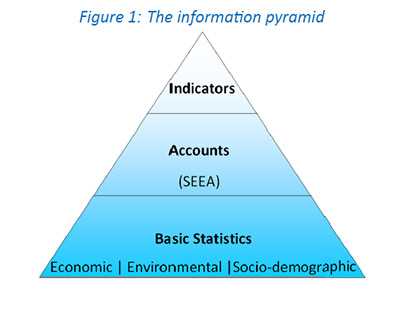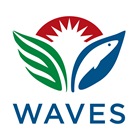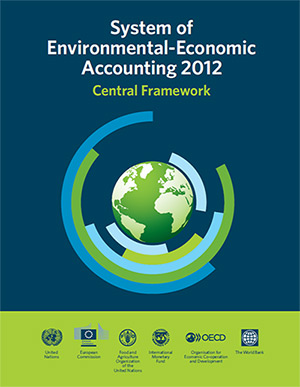The System of Environmental-Economic Accounting (SEEA) contains the internationally agreed standard concepts, definitions, classifications, accounting rules and tables for producing internationally comparable statistics on the environment and its relationship with the economy. The SEEA framework follows a similar accounting structure as the System of National Accounts (SNA) and uses concepts, definitions and classifications consistent with the SNA in order to facilitate the integration of environmental and economic statistics.
The SEEA is a system for organizing statistical data for the derivation of coherent indicators and descriptive statistics to monitor the interactions between the economy and the environment and the state of the environment to better inform decision-making. The SEEA does not propose any single headline indicator. Rather it is a multi-purpose system that generates a wide range of statistics and indicators with many different potential analytical applications. It is a flexible system in that its implementation can be adapted to countries' priorities and policy needs while at the same time providing a common framework and common concepts, terms and definitions. The SEEA brochure provides additional information on what environmental accounting has to offer, and many of the SEEA documents are available in other languages, such as Arabic, Chinese, French, Russian and Spanish.
 A multi-year process of revision to the System of Environmental-Economic Accounting was initiated by the United Nations Statistics Division. The revised SEEA consists of three parts: the Central Framework, which was adopted by the UN Statistical Commission as the first international standard for environmental-economic accounting in 2012; Experimental Ecosystem Accounting and Applications and Extensions of the SEEA. Subsystems of the SEEA framework elaborate on specific resources or sectors, including: Energy, Water, Land and Ecosystems, and Agriculture, Forestry and Fisheries. These 'sub-systems' are fully consistent with the over-arching SEEA, but provide further details on specific topics and try to build bridges between the accounting community and the community of experts in each specific subject area. (courtesy UN Statistics Division)
A multi-year process of revision to the System of Environmental-Economic Accounting was initiated by the United Nations Statistics Division. The revised SEEA consists of three parts: the Central Framework, which was adopted by the UN Statistical Commission as the first international standard for environmental-economic accounting in 2012; Experimental Ecosystem Accounting and Applications and Extensions of the SEEA. Subsystems of the SEEA framework elaborate on specific resources or sectors, including: Energy, Water, Land and Ecosystems, and Agriculture, Forestry and Fisheries. These 'sub-systems' are fully consistent with the over-arching SEEA, but provide further details on specific topics and try to build bridges between the accounting community and the community of experts in each specific subject area. (courtesy UN Statistics Division)How is WAVES related to SEEA
The World Bank is one of the co-authors for the Central Framework of SEEA. WAVES is a World Bank-led global partnership that aims to promote sustainable development by mainstreaming the value of natural capital accounting in development planning and national accounting systems. WAVES uses the Central Framework to implement Natural Capital Accounting (NCA) in countries as an important tool to inform economic decision making on natural resources like minerals, timber, and fisheries. WAVES works to build capacity in countries to implement the SEEA and to demonstrate its benefits to policy makers.
In addition, WAVES works through the Policy and Technical Experts Committee (PTEC) to develop scientifically credible methodologies for ecosystem accounting, which is at an experimental stage.
Technical Resources on Natural Capital Accounting
|
Theme |
Name of Reports |
|
SNA |
|
|
|
|
|
SEEA |
|
|
|
|
|
|
|
|
|
|
|
Water |
|
|
|
International Recommendations for Water Statistics |
|
|
|
|
|
|
|
|
|
|
Land |
|
|
|
|
|
Fish |
Photo Credit: SEEA Brochure

